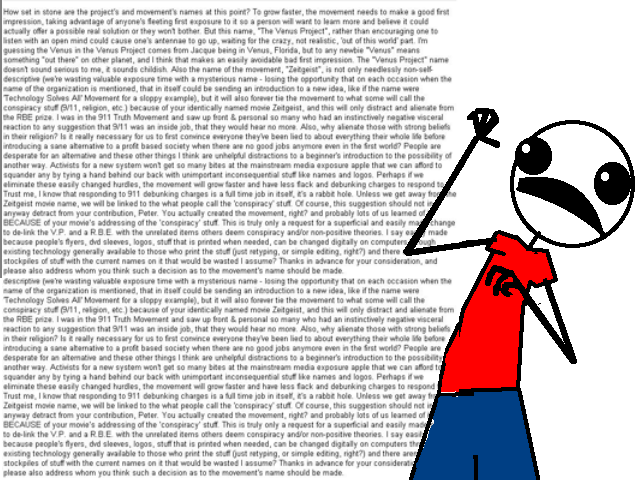Absolutely! I've run into a lot of red neck types around here that think the old school 4x4's are better than the modern AWD systems but they have no experience with modern AWD systems. I've driven all kinds of 4x4's over the last 35 years including Jeeps, Toyotas, Nissans, Fords and Chevrolets as well as AWD systems from Subaru, Volvo and Mazda. As an avid snow skier and off-road driver in the very slippery, rocky and muddy PNW since I was 17 or 18 years old, I've been in plenty of positions, winter and summer, where I could no longer make forward progress up a hill so I know how these systems behave when you need them.
Most off-road newbies are shocked to learn how easily they can get stuck, regardless of their 4 wheel drive (which is not really 4 wheel drive except on the most purpose built rock-crawler with full locking differentials front and rear) which is impractical for normal transportation. Then there is the AWD systems that use a viscous coupling in the transfer case.
I actually prefer Mazda's computer controlled implementation of AWD using wet clutch packs over ANY 4WD or AWD with a standard viscous coupling I've driven because it can be left engaged and cuts in as needed. Any delay is measured in milliseconds. The primary limitation of the CX-5 AWD system is that it will transfer a maximum of 50% of the torque to the rear wheels. Normally, one would never notice this but one situation where it may be noticeable is if a trailer with a high tongue weight is transferring weight from the front to the rear wheels or you are on a steep slope and front traction is very limited. I will point out that AWD's with viscous couplings between front and rear have this same limitation, only worse. That's because the transfer case acts like an open differential (except between the front/rear). This means torque gets transferred away from the end that has traction and towards the wheels that are already spinning, exactly the opposite of what you want.
The computer controlled AWD works opposite of this, the torque is transferred to the wheels that need it the most (but only up to 50% rear). Any time delay is inconsequential. If front wheel slippage is obvious it is because the AWD clutches have already transferred the maximum torque to the rear wheels but the hill is steep or the load is high and the power was applied too suddenly. The secret is a little driver skill, apply power gently and let the 50% torque to the rear wheels work it's magic, applying additional power will simply cause the front to spin faster and add extra wear to the clutch packs. This type of system is very capable but is not designed for pedal to the metal, ham fisted driving. It does work well in conjunction with the traction control system because it will detect excessive wheel spin and reduce power automatically. Don't think you should turn traction control off!
My experience exactly! Especially on particularly slippery ice the CX-5 will accelerate harder and maintain more composure than either 4WD or most AWD's with a viscous coupling. There are more sophisticated and more expensive AWD systems using a viscous coupling and computer controlled torque transfer that can out perform the CX-5 in pure acceleration or steep climbing but these systems cost more, weigh more, take up more room, are not as efficient and are more expensive to work on. But in typical icy conditions where an experienced driver will drive smoothly and judiciously, the CX-5 is very capable and maintains skid-free control right up there with the best of them. And you would have to do something pretty stupid to actually get stuck.
I've never driven an xtrail but I thought it was marketed more as a light off-road vehicle. I doubt it would maintain control as well on very slippery icy roads. The CX-5's AWD system has excellent sensitivity and lightning fast reaction which translates to effortless driving. In most cases you will not even feel the AWD working except that you will maintain traction in situations where a 2WD vehicle (and many 4WD and other AWD systems) would break into a slide.
I think AWD in general is over-rated. I'll take winter tires and driver skill over AWD every time. AWD is just one tool of many in your toolbox.



